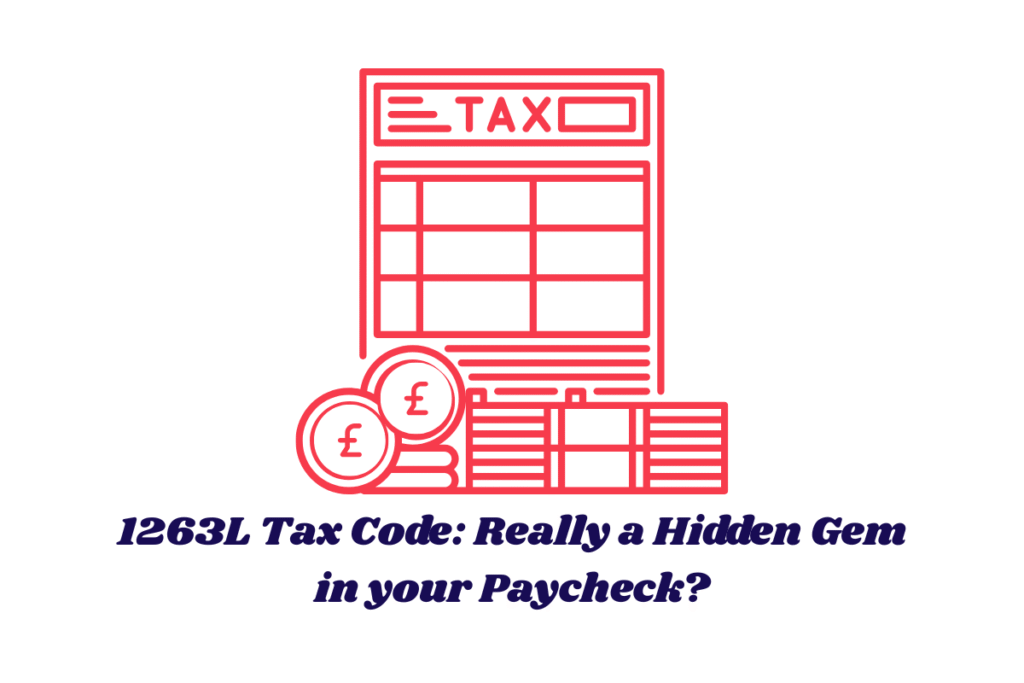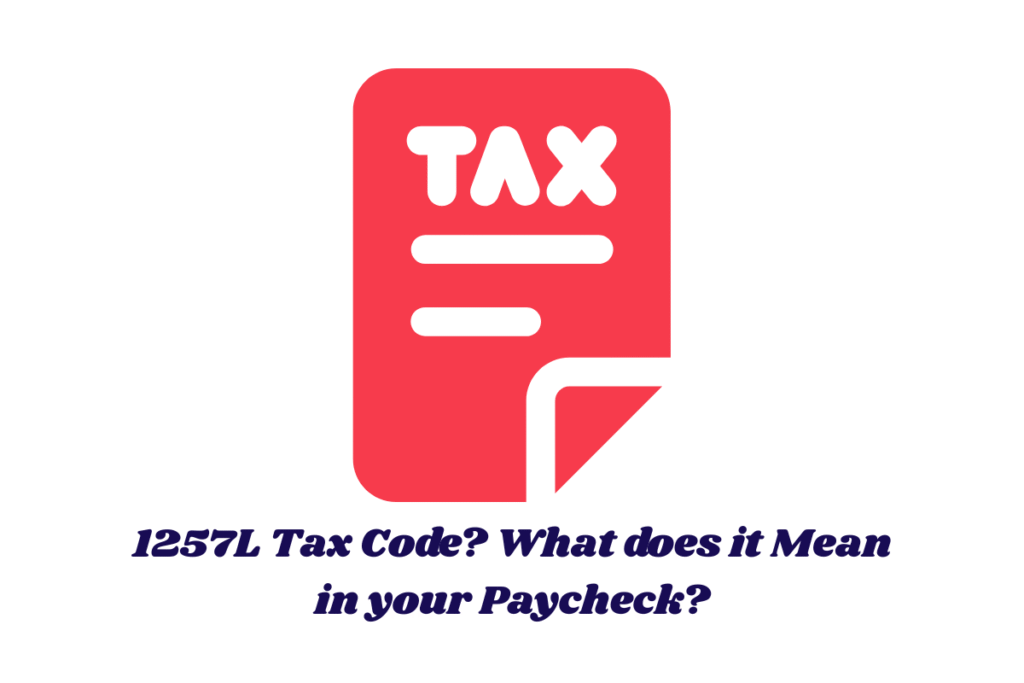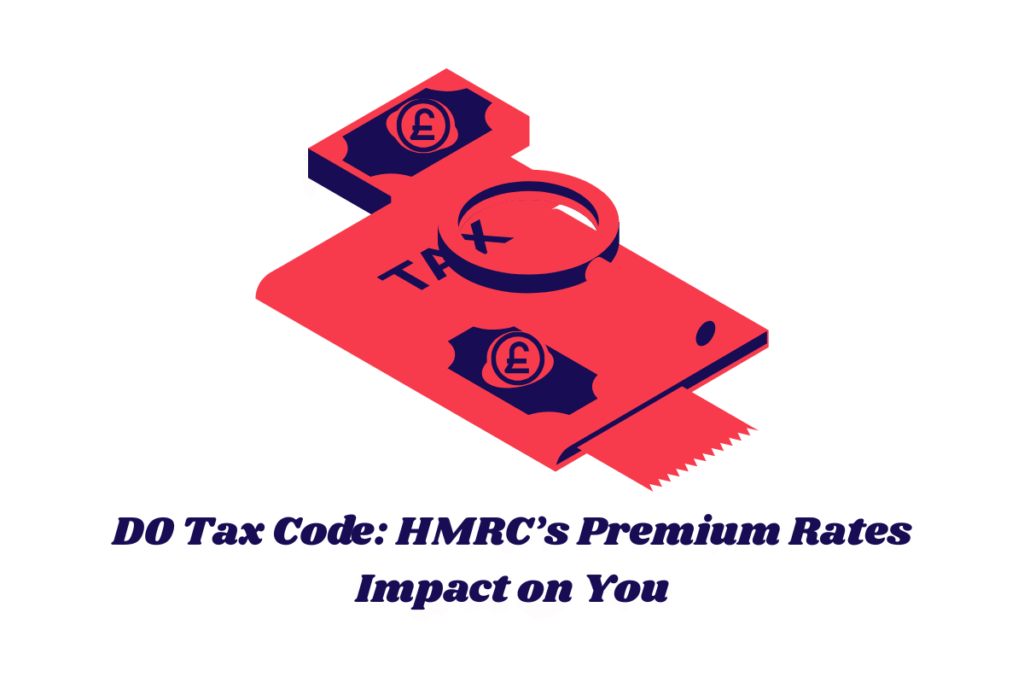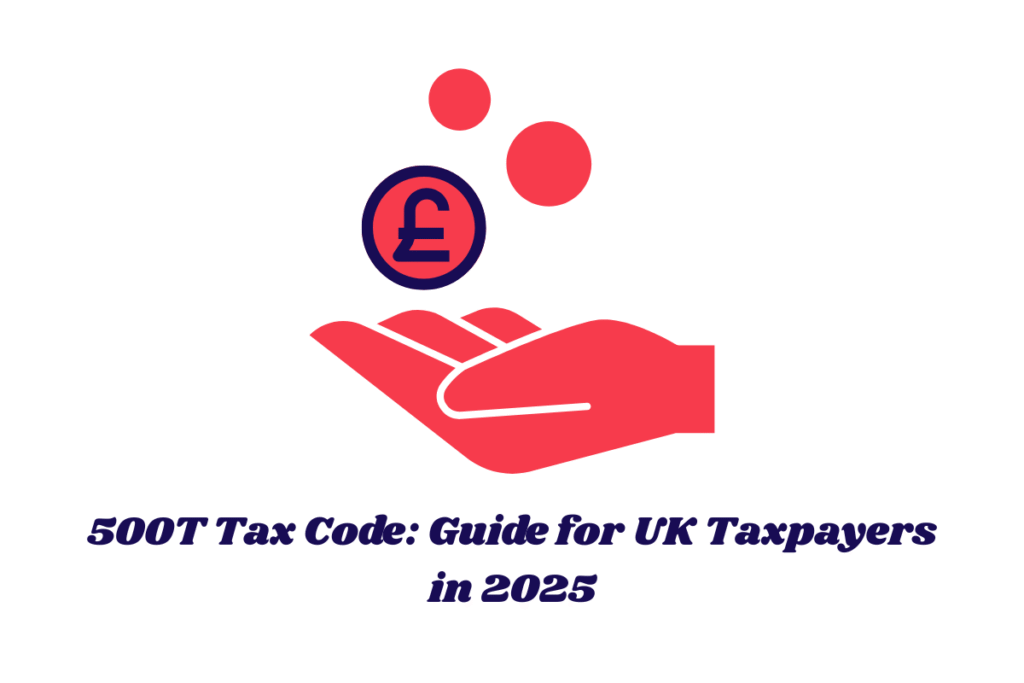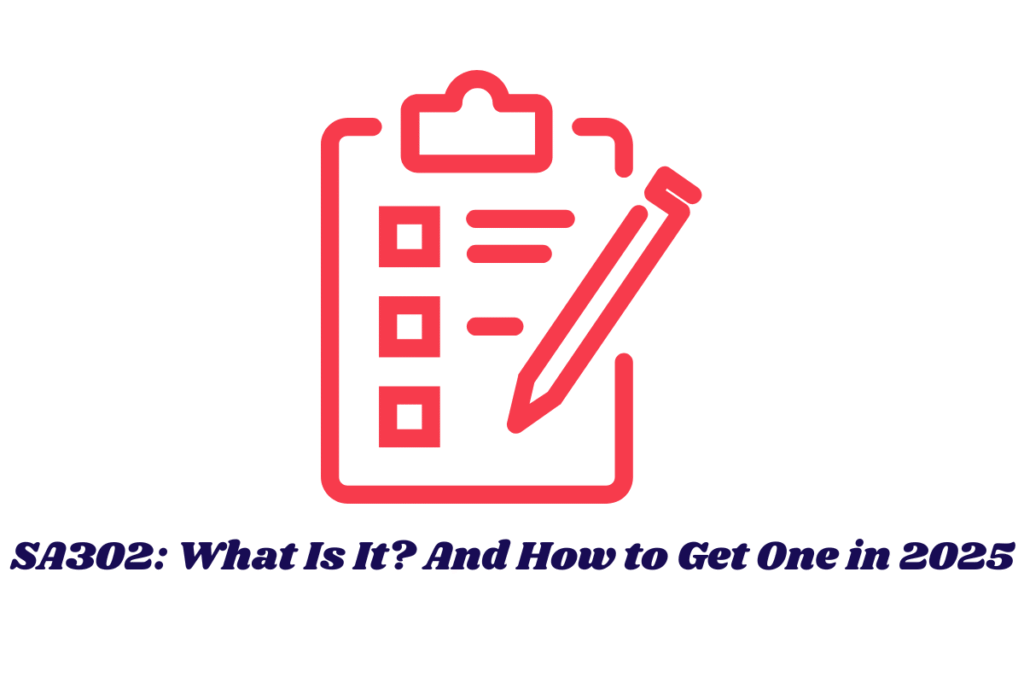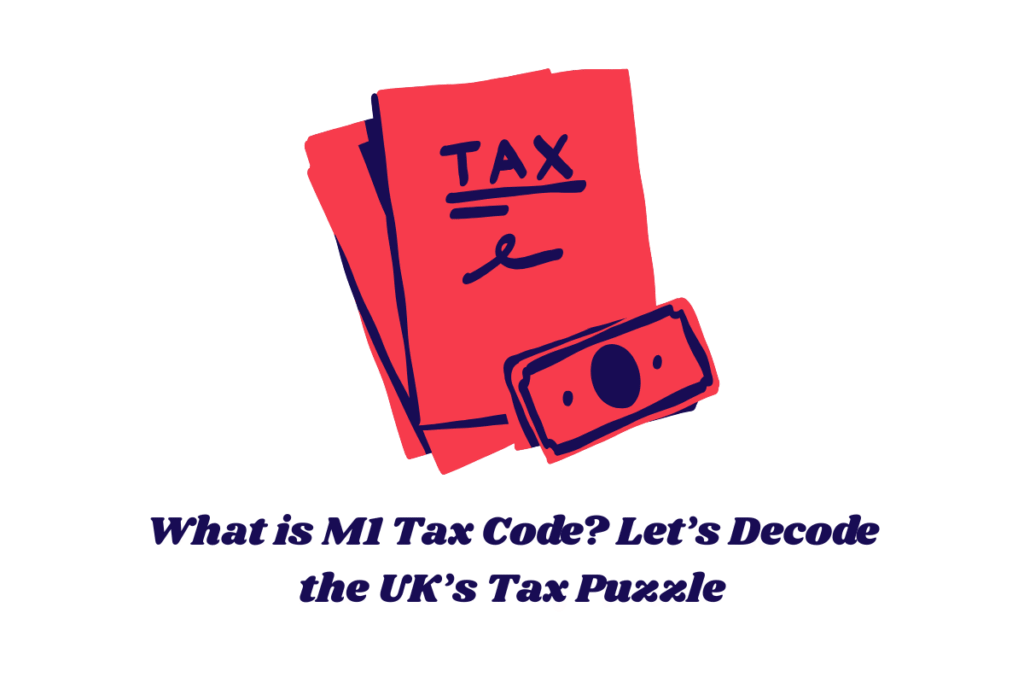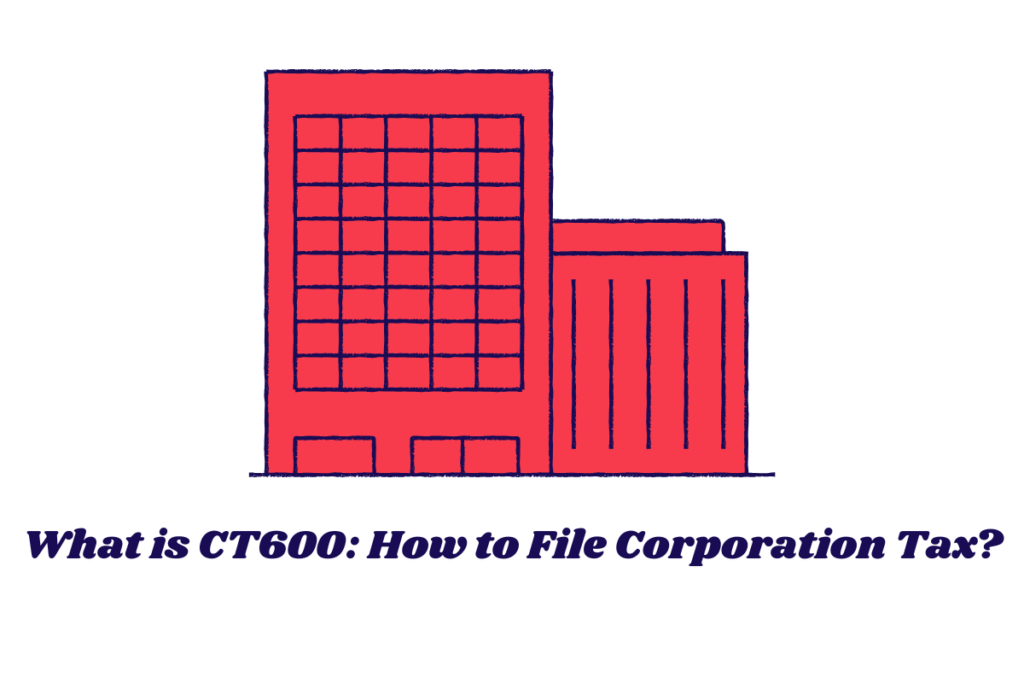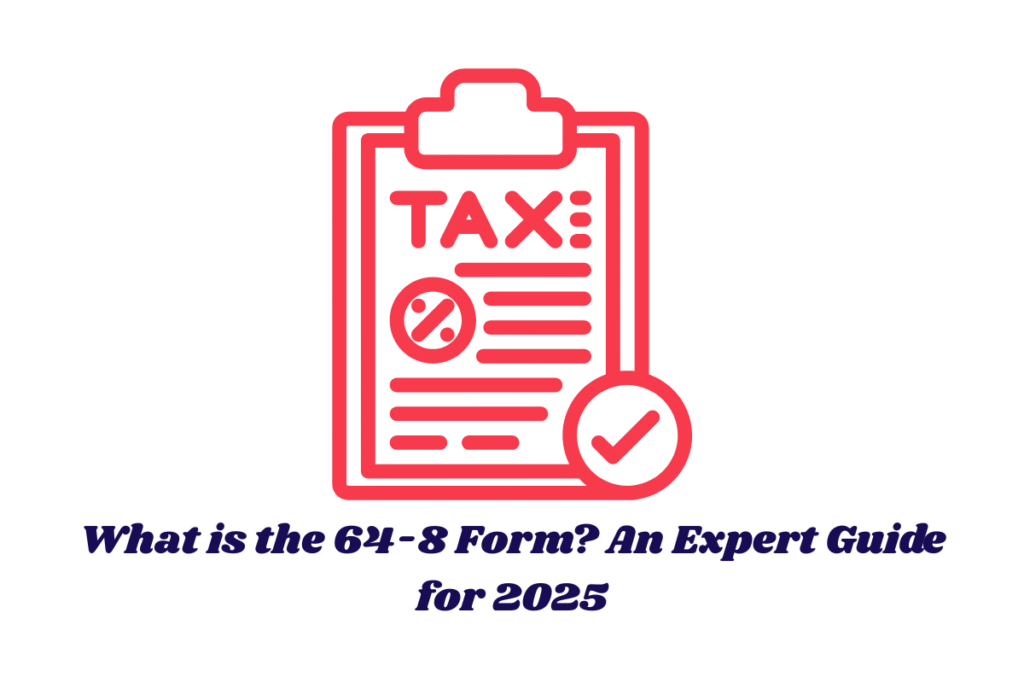Tax codes often get pushed to the bottom of the payslip priority list — a jumble of letters and numbers that seem unimportant… until they affect your take-home pay. But what if understanding a specific tax code could unlock extra tax-free income? Welcome to the world of the 1263L tax code — a little-known but potentially rewarding detail for UK taxpayers.
Summary
“Understanding the 1263L tax code can help you maximise your take-home pay by increasing your Personal Allowance.”
What is the 1263L Tax Code in the UK?
The 1263L tax code is a PAYE (Pay As You Earn) code issued by HM Revenue & Customs (HMRC) that defines how much tax-free income an individual is entitled to in a given tax year.
The ‘1263’ element reflects a £12,630 tax-free Personal Allowance, while the ‘L’ signifies entitlement to the standard tax-free allowance.
This code is slightly more generous than the more commonly issued 1257L tax code, which represents a £12,570 Personal Allowance. That £60 difference may seem modest at first glance, but over time, it can put extra pounds in your pocket.
Summary
“The 1263L tax code gives you £60 more tax-free income annually compared to the standard 1257L tax code.”
Why is the 1263L Tax Code Considered a Hidden Gem?
Think of it this way: every pound you earn tax-free is a pound that stays in your bank account. While £60 a year won’t fund a luxury holiday, it’s a reflection of a potentially bigger picture — your eligibility for additional tax reliefs or deductions.
The 1263L tax code typically applies to individuals who claim allowable work-related expenses or have other adjustments to their Personal Allowance. It often flies under the radar because many taxpayers don’t realise they qualify.
Summary
“The 1263L tax code is considered a hidden gem because it subtly increases your tax-free earnings without any extra effort.”
You can read more articles on different taxes in the UK:
PIP Rates 2025: Guide to PIP Rates in the UK
What is P800 Refund? How to Claim P800 Refund
Who Qualifies for the 1263L Tax Code?
HMRC doesn’t assign tax codes randomly. The 1263L tax code is usually given to individuals who have claimed tax relief on job-related expenses, such as:
- Uniform maintenance
- Tools or specialist equipment
- Professional subscriptions (e.g., membership to a trade body)
- Mileage for work-related travel (excluding your normal commute)
When you successfully claim these deductions, your Personal Allowance increases to reflect the amount you’re allowed to earn tax-free — which is how you may end up with the 1263L code instead of the standard 1257L.
Summary
“The 1263L code is assigned to taxpayers who claim specific work-related expenses that boost their Personal Allowance.”
Breakdown: What Does Each Part of the 1263L Code Mean?
Here’s a quick breakdown:
- 1263: Multiply by 10 = £12,630 tax-free income.
- L: You’re entitled to the standard Personal Allowance.
This code affects how your employer calculates the amount of tax deducted from your salary. If it’s wrong, you could be underpaying or overpaying tax — which is why it’s essential to review it regularly.
Summary
“The digits in your 1263L tax code reflect your exact Personal Allowance, while the ‘L’ confirms your standard tax-free eligibility.”
How is the 1263L Tax Code Calculated?
According to HMRC, the tax code is calculated based on your total income, minus any tax-free allowances and eligible deductions. The standard Personal Allowance for the 2025/26 tax year is £12,570, but this can increase if:
- You successfully apply for tax relief on job expenses.
- You receive marriage allowance from a partner.
- You are not claiming any benefits in kind, like a company car or private medical insurance.
These extra reliefs are subtracted from your taxable income, hence adjusting your code from 1257L to 1263L.
👉 Official HMRC guidance on tax codes: https://www.gov.uk/tax-codes
Summary
“HMRC calculates your 1263L code by adjusting your Personal Allowance for job-related claims and financial circumstances.”
Benefits of Having the 1263L Tax Code
- Increased Take-home Pay: £60 extra per year may not break the bank, but every little helps — especially over multiple years.
- Possible Indicator of Missed Reliefs: If you don’t have the 1263L code and think you qualify, it might mean you’re missing out on reliefs you’re entitled to.
- Reduces Risk of Overpayment: With the correct tax code, your PAYE deductions will be more accurate.
Summary
“The 1263L tax code offers financial benefits and helps ensure you’re paying just the right amount of tax.”
How to Check If You’re on the 1263L Tax Code
You can check your current tax code by reviewing your payslip or P60. It will be listed near your National Insurance number or PAYE reference.
You can also use your Personal Tax Account on the HMRC website. Want to learn more about Personal Tax Account, read this article.
Summary
“Check your payslip or HMRC tax account to see if you’re currently benefiting from the 1263L tax code.”
What to Do If You’re Not on the 1263L Code But Think You Should Be
If you wear a uniform, use your own tools, or pay for work-related travel, you could be eligible for tax relief. To make a claim:
- Visit HMRC’s official expense claim page:
- Submit your claim online via your Personal Tax Account.
- Wait for HMRC to review and potentially adjust your tax code to something like 1263L.
Summary
“If you’re not on the 1263L code but incur eligible job expenses, you can apply for tax relief and potentially increase your Personal Allowance.”
What if My Tax Code Changes Mid-Year?
Tax codes are dynamic — they change if your income, benefits, or employment status changes. If you move jobs, get a pay rise, or stop claiming expenses, HMRC might update your code.
It’s essential to review any changes immediately and ensure they reflect your current situation.
If you’re unsure why your code has changed, contact HMRC at:
- Telephone (UK): 0300 200 3300
- Outside UK: +44 135 535 9022
Summary
“Your tax code may change if your income or job-related claims change — always verify any update with HMRC.”
Common Mistakes Related to the 1263L Tax Code
- Assuming the code is permanent: It’s not. Yearly adjustments may move you back to 1257L if your claim isn’t renewed.
- Failing to update HMRC: If your job changes or expenses stop, failing to inform HMRC could cause under- or overpayments.
- Ignoring your payslip: A wrong tax code can result in lost income. Always double-check the figures.
Summary
“Ignoring changes in your tax code may lead to overpaid or underpaid tax — always stay informed.”
The Bottom Line: Is the 1263L Tax Code Worth the Hype?
In short: yes. While it’s not a life-changing sum, the 1263L tax code is a reliable indicator that you’re getting every penny of tax relief you’re entitled to.
For many employees, especially those in uniformed or technical roles, it reflects an optimised tax position — a small but real win.
When paired with tools like HMRC’s tax checker and your payslip reviews, it helps you stay in control of your financial situation.
Summary
“The 1263L code might seem minor, but it ensures your income is optimised — making it a worthy detail to pay attention to.”
Quick Summary: Key Takeaways
- What is it? A tax code granting £12,630 tax-free income.
- Why does it matter? Offers £60 more allowance than standard 1257L.
- Who gets it? Those with eligible work expenses or deductions.
- How to get it? Apply via HMRC for expense relief.
- What to watch for? Code changes, incorrect deductions, or missed claims.
Summary
“Understanding your 1263L tax code is a step toward smarter, more efficient financial planning in 2025 and beyond.”
The content provided on TaxCalculatorsUK, including our blog and articles, is for general informational purposes only and does not constitute financial, accounting, or legal advice.
You can also visit HMRC’s official website for more in-depth information about the topic.
